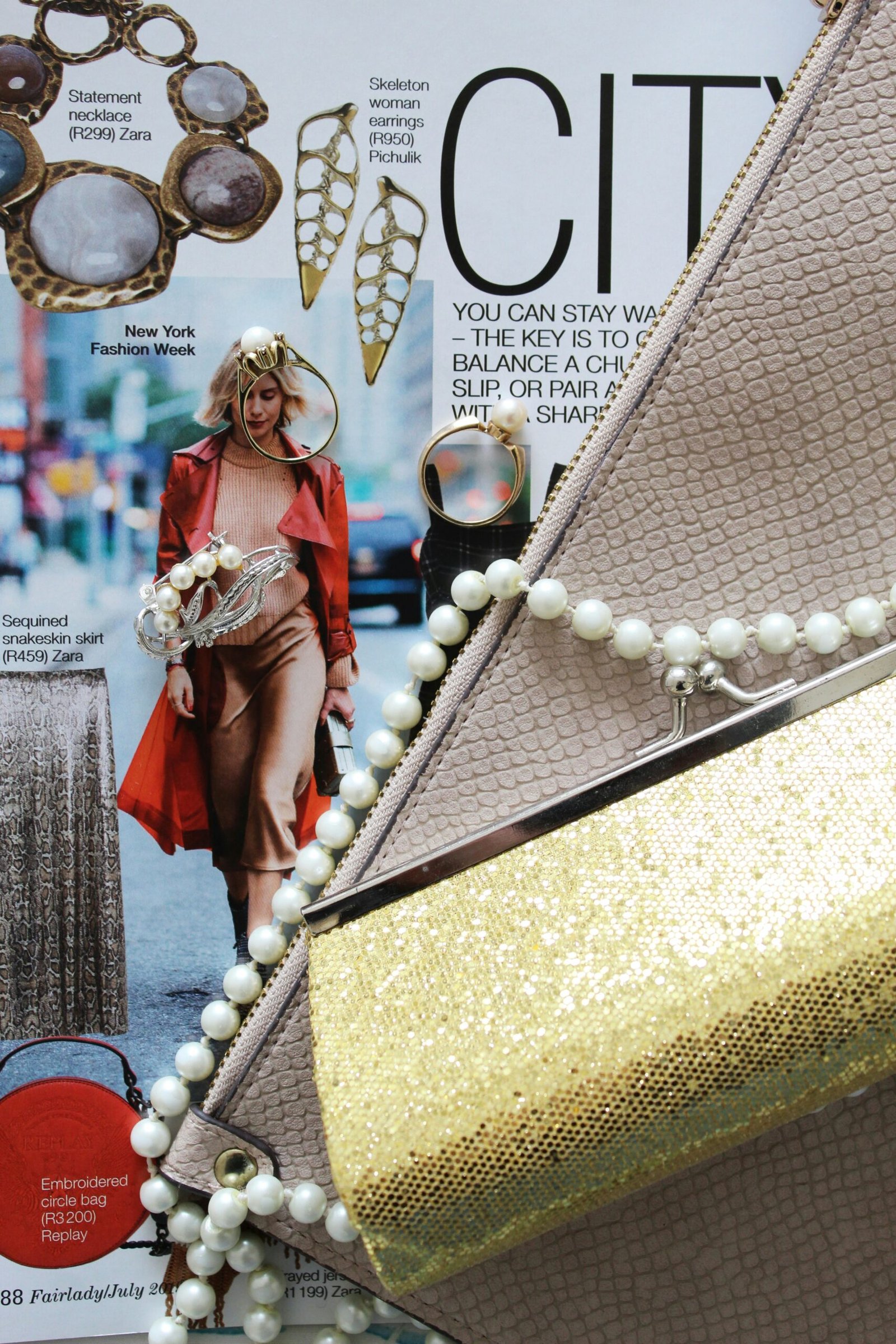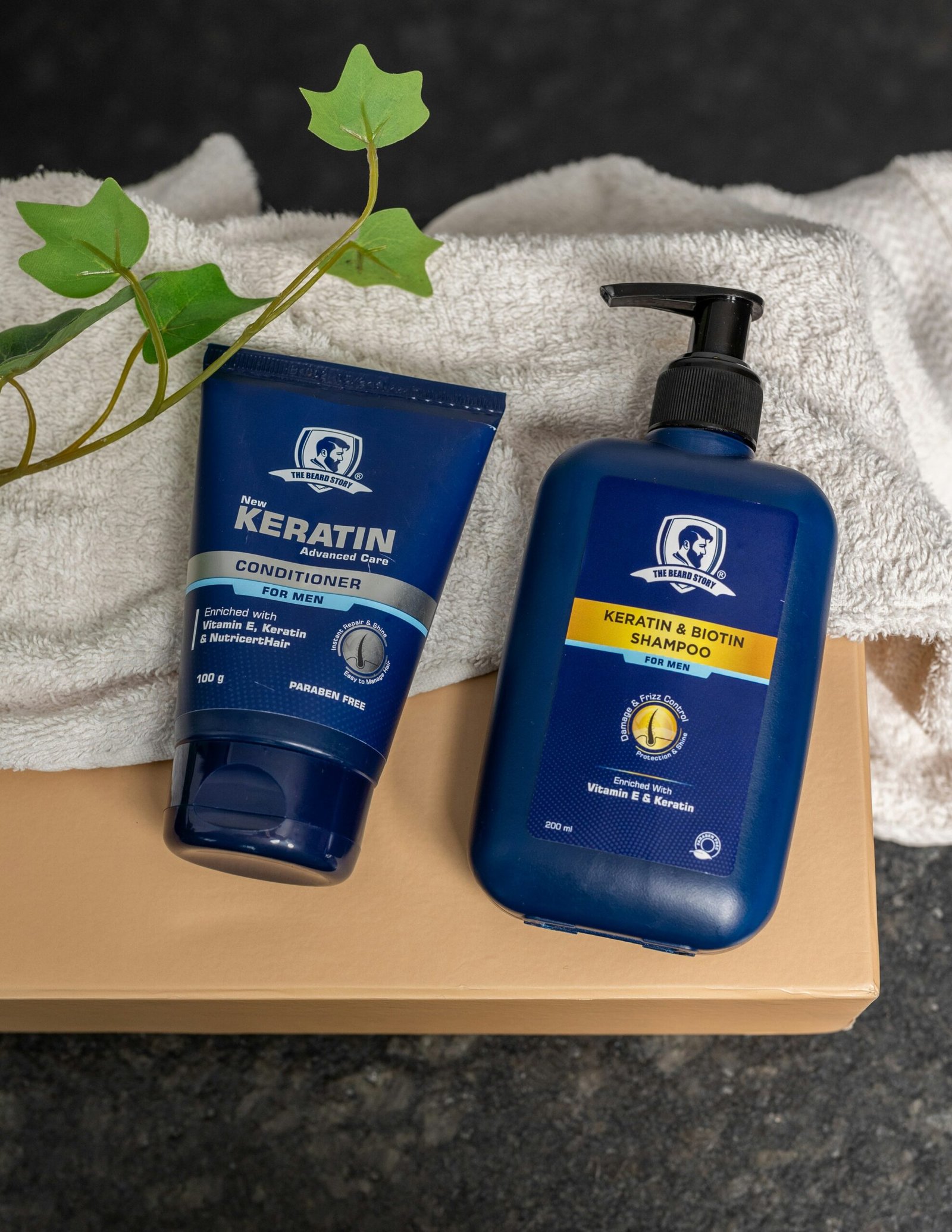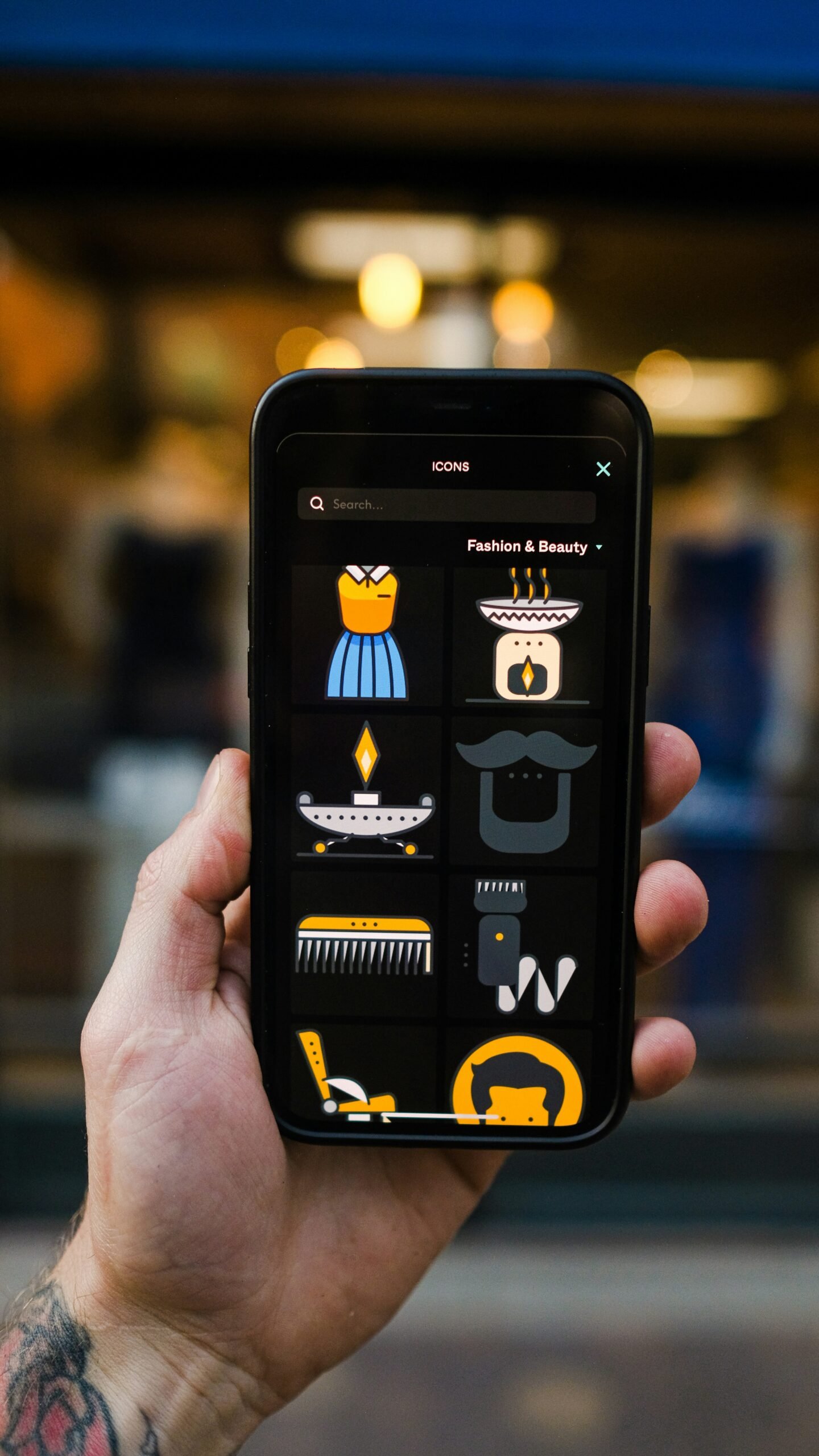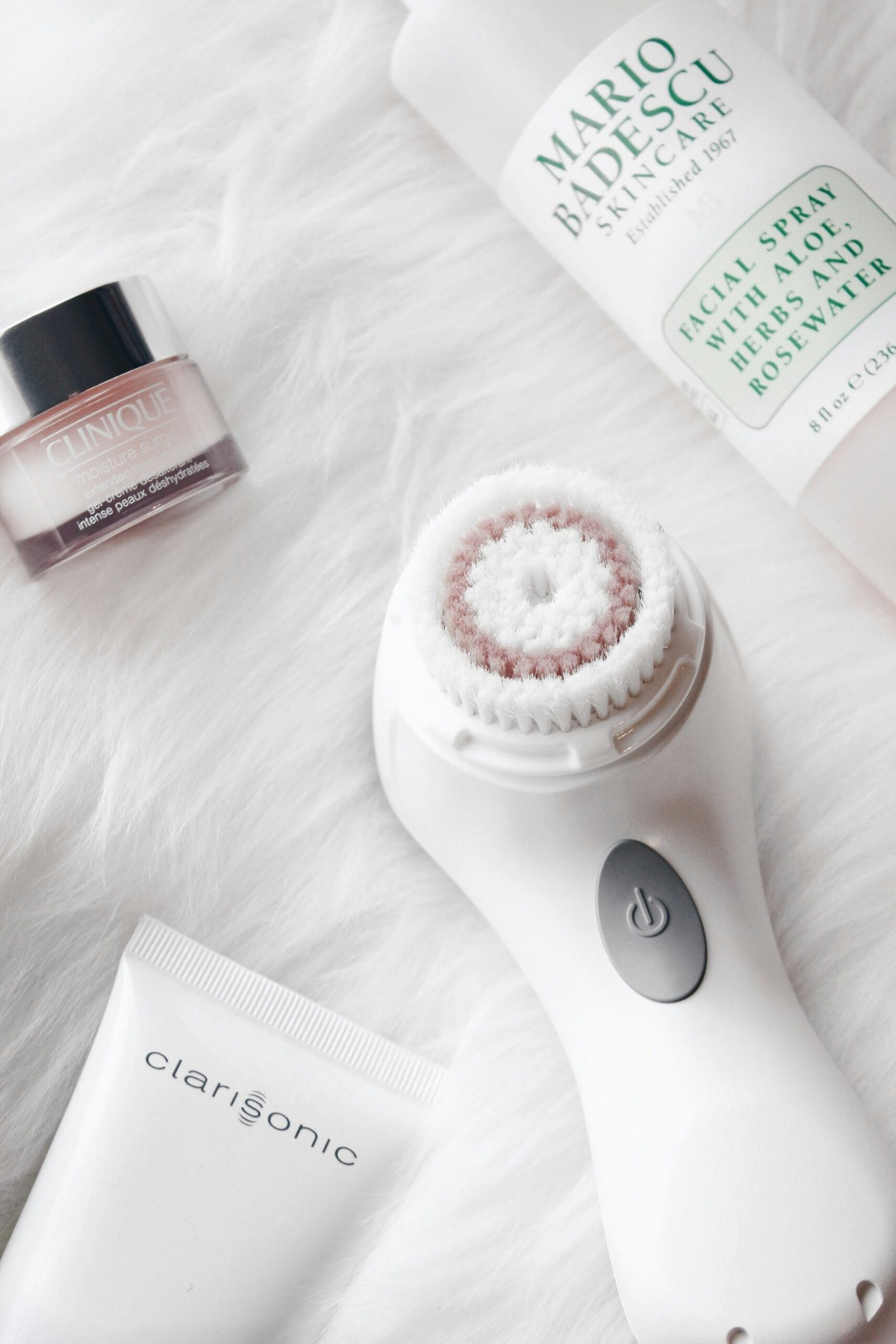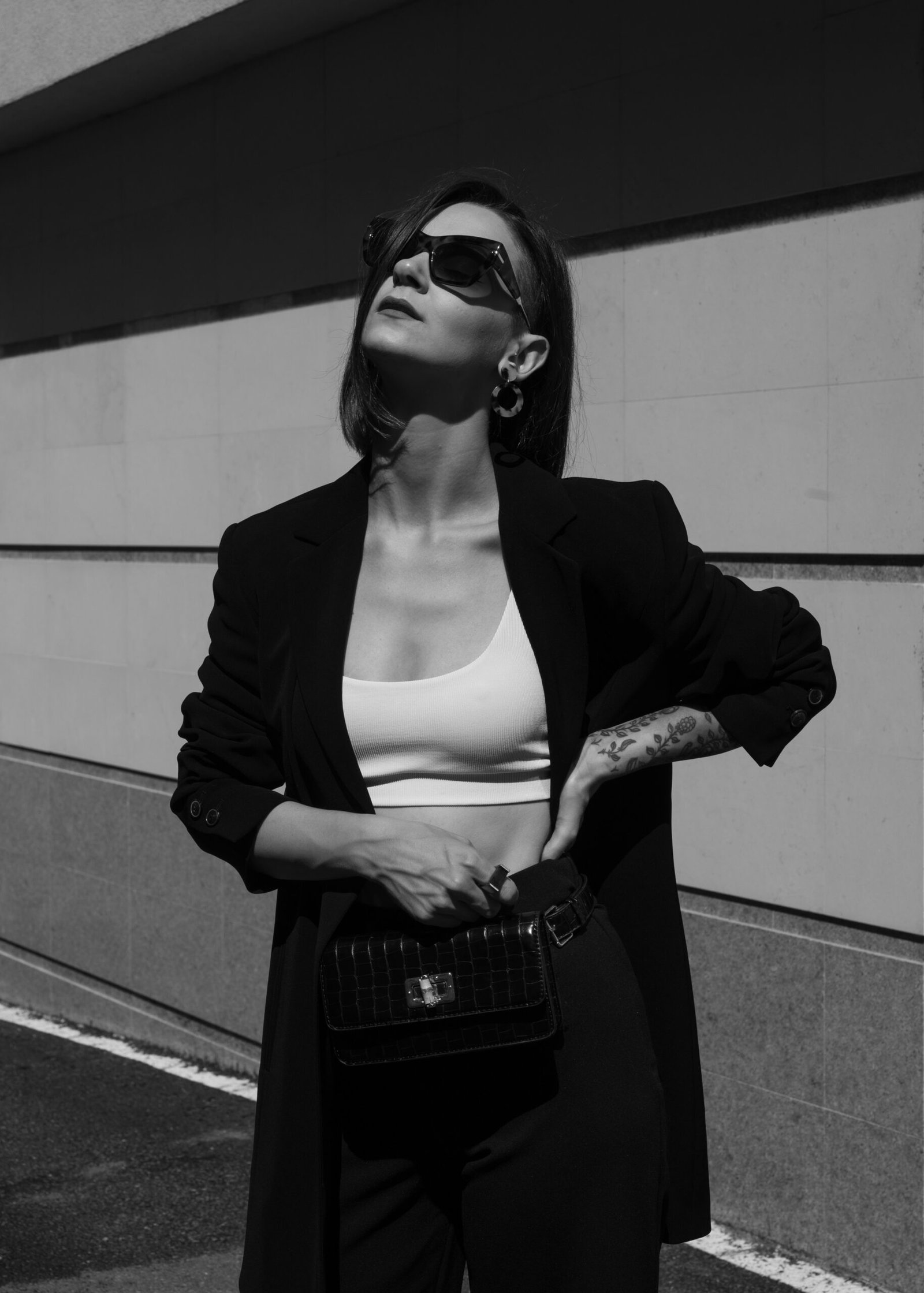
Understanding the Connection Between Style and Confidence
The interplay between style and confidence is a complex yet significant aspect of personal development. Clothing serves not only as a means of protection against environmental factors but also as a powerful tool in shaping our self-image and influencing how we are perceived by others. Numerous studies indicate a strong correlation between the way individuals dress and their self-esteem levels, revealing that our clothing choices can have both psychological and social ramifications.
When individuals wear outfits that they perceive as stylish or flattering, they often experience an immediate boost in their confidence. This phenomenon, often referred to as “enclothed cognition,” suggests that clothing can impact our mental state and performance. Psychologically, wearing clothes that align with one’s desired identity can lead to a heightened sense of empowerment. For example, individuals may feel more confident in a well-fitted suit for an interview compared to relaxed loungewear. This aligns with the assertion that style choices can reflect inner self-worth and aspirations.
Moreover, the impressions we convey through our attire play a vital role in social interactions. Research highlights that first impressions are predominantly based on visual appearance, and clothing is a crucial element in this process. Individuals whose styles are perceived as polished or put-together are often thought to exude higher confidence levels, leading to more favorable social and professional outcomes. This external validation can create a reinforcing cycle where enhanced style contributes to improved confidence, which in turn encourages individuals to further refine their personal style.
In conclusion, the link between fashion choices and self-confidence is profound and multifaceted. Understanding this relationship may encourage individuals to thoughtfully approach their wardrobe decisions, thereby leveraging style as a vehicle for enhancing personal confidence and overall well-being.
Finding Your Personal Style
Identifying and defining your personal style is a rewarding journey that involves self-reflection and experimentation. The first step in this process is to assess your current wardrobe staples. Take inventory of your clothes, noting which items you gravitate towards and feel most comfortable in. Consider the colors, patterns, and silhouettes that resonate with you. This initial assessment provides a foundation to understand your preferences and helps you to recognize patterns in your choices.
Once you have a clear idea of your favorite pieces, the next phase is to explore different aesthetics. Look into various style categories, such as classic, bohemian, edgy, or minimalist, to see what attracts your attention. Utilize platforms like Pinterest or Instagram to gather inspiration. As you curate a collection of outfits and looks that catch your eye, pay attention to the elements that appeal to you. This exploration is not about limiting yourself but about broadening your horizons and discovering new aspects of your style.
Experimentation plays a key role in honing your personal style. Don’t hesitate to mix and match items you wouldn’t typically pair together. Try incorporating accessories or statement pieces that make you feel empowered. This process allows you to step out of your comfort zone and discover what truly resonates with your individuality. Remember, personal style is an evolving form of self-expression that reflects who you are at any given moment. By taking the time to refine your wardrobe and embrace your unique flavor, you empower yourself with confidence and authenticity in your personal presentation.
The Power of Good Fit
Wearing clothing that fits well is fundamental to enhancing one’s appearance and boosting self-confidence. The significance of good fit in clothing cannot be overstated, as it plays a crucial role in how individuals present themselves to the world. Well-fitted clothes work to accentuate body shape, creating a polished and put-together look, while poorly fitting garments can lead to discomfort and a lack of confidence in one’s appearance. The impact of clothing fit is often immediate; when wearing attire that hugs the body in the right places, individuals tend to feel more assured and self-possessed.
To better understand fit versus misfit, it is essential to consider several aspects of clothing. Firstly, the cut of the garment should complement the wearer’s body shape. For example, clothing that is too tight may cause awkward pulling, while items that are too loose can appear sloppy. Therefore, aim for garments that neither constrict nor drown the body. Key areas to observe for fit include the shoulders, waist, and length of the sleeves and trousers, as these areas greatly influence overall appearance.
For those struggling to find the right fit, tailoring is an invaluable resource. Tailors can adjust clothing to meet specific body measurements, ensuring a custom fit that enhances one’s silhouette. Simple changes, such as shortening sleeves, adjusting waistlines, or taking in sides, can transform an ordinary item into a perfect addition to one’s wardrobe. When shopping, pay attention to sizes and be open to experimenting with various styles to discover which shapes work best. Ultimately, investing in well-fitted clothing not only improves appearance but also cultivates the confidence to face daily challenges with poise.
Choosing the Right Colors
The psychological effects of color on mood and confidence are profound and often underappreciated. Colors can evoke emotions, influence perceptions, and even alter one’s self-esteem. Understanding how to choose the right colors that complement your skin tone, align with your personality, and reflect your mood can significantly enhance your confidence and presence.
When selecting colors, consider your skin’s undertones, which can typically be categorized into warm, cool, and neutral. Warm undertones tend to resonate well with earthy shades like oranges, browns, and yellows, while cool undertones are complemented by blues, purples, and pinks. Individuals with neutral undertones have flexibility and can wear a diverse palette. By aligning color choices with your skin tone, you can create a harmonious look that enhances your natural beauty and lifts your spirits.
Moreover, personal style and personality should not be overlooked. Colors can serve as an extension of one’s individuality. For instance, vibrant hues such as red and royal blue may suit someone who embodies boldness and creativity. In contrast, softer shades like pastels may appeal to those who prefer a more reserved or gentle expression. An understanding of your personality can guide you in selecting colors that not only make you feel good but also project the confident persona you wish to exhibit.
Incorporating color into your everyday wardrobe can be a simple yet effective confidence booster. Whether it’s adding a bright accessory or opting for a bold outfit, small adjustments can create a significant impact. Engaging with color theory can empower you to make deliberate choices that align with your mood. Ultimately, the right colors can transform not only your appearance but also your confidence, reflecting a more vibrant and assured version of yourself.
Accessorizing to Elevate Your Look
Accessorizing is an essential aspect of fashion that not only enhances an outfit but also serves as a reflection of personal style. The right accessories can transform even the simplest ensembles into statements that exude confidence and poise. Understanding which accessories complement your wardrobe is key to mastering this art. Begin by evaluating your personal style—do you lean more towards minimalism, eclectic flair, or classic elegance? This self-awareness will guide your accessory selections.
When layering accessories, balance is crucial. Too many accessories can overwhelm your look, while too few might leave it feeling incomplete. A general rule is to focus on one or two statement pieces and build around them. For instance, if you choose a bold necklace, consider forgoing large earrings to maintain balance. Conversely, delicate pieces can be layered for a more refined appearance. Bracelets and rings can also be mixed and matched, contributing both texture and interest to your outfit.
Understanding the impact of accessories on overall confidence cannot be underestimated. Accessories, such as scarves, hats, or sunglasses, provide an opportunity to express individuality and style. These elements serve as the finishing touches that elevate a look from ordinary to extraordinary. When you wear accessories that resonate with you, they act as a confidence booster, allowing your personality to shine through. For instance, a well-chosen belt can cinch a dress and create a flattering silhouette, while a striking bag can add an element of sophistication.
In the realm of fashion, accessories are not merely afterthoughts; they are integral components that can uplift your entire outfit, helping you feel assertive and polished. With thoughtful accessorizing, your style can convey self-assurance and flair, propelling you into any setting with confidence.
Dressing for Your Body Type
Understanding your body type is crucial in selecting outfits that enhance your natural shape and boost your confidence. Body shapes can generally be categorized into several types: hourglass, pear, apple, rectangle, and inverted triangle. Each body type has unique characteristics that can be accentuated by the right clothing choices.
For those with an hourglass figure, where the bust and hips are balanced with a narrower waist, form-fitting clothes work best. Emphasizing the waist with belts or fitted dresses can enhance this silhouette, showcasing your curves in a flattering manner. On the other hand, individuals with a pear-shaped body, characterized by wider hips and a smaller bust, should opt for lighter colors and patterns for the top, while employing darker shades for the bottom to create a balanced look. A-line skirts and structured tops can further enhance this style.
Apple-shaped bodies, defined by broader shoulders and a fuller midsection, benefit from clothing that elongates the torso. Empire waist dresses and v-neck tops are excellent choices, drawing attention away from the waist area. Individuals with a rectangular body shape can create the illusion of curves by using belts or peplum styles which help to define the waist. Lastly, those with an inverted triangle body type, characterized by broader shoulders and a narrower hips, may wish to focus on balancing proportions by wearing looser bottoms, such as wide-leg trousers, and structured tops.
It is essential to remember that dressing for your body type is about celebrating body diversity and embracing your unique silhouette. Explore various styles and experiment with different outfits to discover what makes you feel confident and comfortable. This approach will not only enhance your looks but also positively impact your self-perception and overall confidence.
Embracing Trends Mindfully
Fashion trends often come and go, but embracing them in a way that complements your unique style is essential for building self-confidence. While it’s tempting to follow every new craze, it is important to approach trends with mindfulness and intentionality. The first step in this process is identifying which trends align with your personal aesthetic. Before adopting a trend, consider how it makes you feel and whether it resonates with your individual taste. This self-reflection can help you determine if a trend is worth incorporating into your wardrobe.
Another vital aspect of embracing fashion trends is finding a balance between individual expression and current styles. Rather than simply replicating runway looks, think about how you can adapt the trend to suit your own preferences. For example, if oversized silhouettes are trending, you may consider pairing them with fitted pieces to create a balanced look. This mixture not only keeps you in tune with the latest styles but also reinforces your personal style, enhancing your overall confidence.
Furthermore, it can be helpful to focus on versatility when selecting trends to embrace. Choose pieces that can easily integrate into your existing wardrobe and complement outfits for different occasions. By doing so, you’ll maximize the longevity and relevance of your clothing. When you find comfort in your choices, you can wear them confidently, which is ultimately the key to making a lasting impression.
In conclusion, embracing trends mindfully allows for a harmonious relationship between fashion and personal identity. By thoughtfully selecting which trends to incorporate, and adapting them to fit your unique style, you can enhance your confidence while navigating the ever-evolving world of fashion.
Building a Capsule Wardrobe
Creating a capsule wardrobe is an efficient and effective way to elevate personal style while simultaneously boosting confidence. A capsule wardrobe is defined as a curated collection of high-quality, versatile pieces that can be mixed and matched to create a variety of outfits. This approach minimizes decision fatigue and ensures that every item serves a purpose, making it easier to feel composed and confident in daily attire.
The first benefit of adopting a capsule wardrobe is simplicity. By limiting the number of items in your closet, you can focus on pieces that truly resonate with your personal style and lifestyle needs. This means selecting foundational items that are timeless and high-quality, such as a classic white shirt, tailored trousers, and a well-fitting blazer. These staples can easily adapt to various settings, from casual outings to formal events, thereby fostering an aura of confidence through effortless dressing.
To build a capsule wardrobe, begin by assessing your current clothing collection. Identify items that you frequently wear and those that make you feel your best. Next, consider the color palette; opting for neutral tones allows for greater versatility when mixing and coordinating outfits. Aim to select approximately 15 to 30 pieces that include tops, bottoms, dresses, and outerwear, ensuring that each piece complements the others. Accessories, such as scarves and jewelry, can add personality without cluttering your wardrobe.
When curating your capsule wardrobe, thoughtful planning and intentional selection are key. This not only leads to a more enjoyable dressing experience but also instills confidence as you know each piece is a reflection of your personal style. By embracing the principles of a capsule wardrobe, you can simplify your daily routine while exuding confidence with ease.
Confidence Beyond Clothes: Posture and Grooming
When considering personal style, many individuals often focus solely on clothing and accessories; however, posture and grooming play equally essential roles in reflecting confidence and enhancing one’s overall appearance. Good posture not only helps convey a sense of self-assuredness but also contributes to physical health and well-being. Standing tall with shoulders back and head held high creates an impression of confidence, making individuals appear more approachable and engaged.
Additionally, consistent grooming habits serve as crucial extensions of personal style. A polished look can be achieved through simple yet effective grooming routines. Individuals should focus on skincare, hair care, and regular maintenance of personal hygiene. For instance, establishing a daily skincare regimen can promote healthier skin and improve self-image, while frequent haircuts or trims keep one’s appearance fresh and neat. These grooming practices not only enhance physical traits but also have a profound effect on mental well-being, fostering heightened self-esteem and a feeling of preparedness for any situation.
To bolster posture, integrating specific exercises into daily routines can yield significant benefits. Activities such as yoga or pilates not only improve flexibility but also strengthen core muscles, enhancing overall body alignment. Simple adjustments, like being mindful of posture while sitting or standing, can gradually lead to lasting improvements. Furthermore, practicing mindful breathing techniques encourages relaxation and focuses one’s energy, further contributing to an assured presence.
Ultimately, confidence is an interplay between inner feelings and outward expression. By cultivating good posture combined with diligent grooming routines, individuals can present their best selves, making a lasting impression. Confidence, therefore, emanates not purely from one’s style choices but from the holistic maintenance of body and mind.


